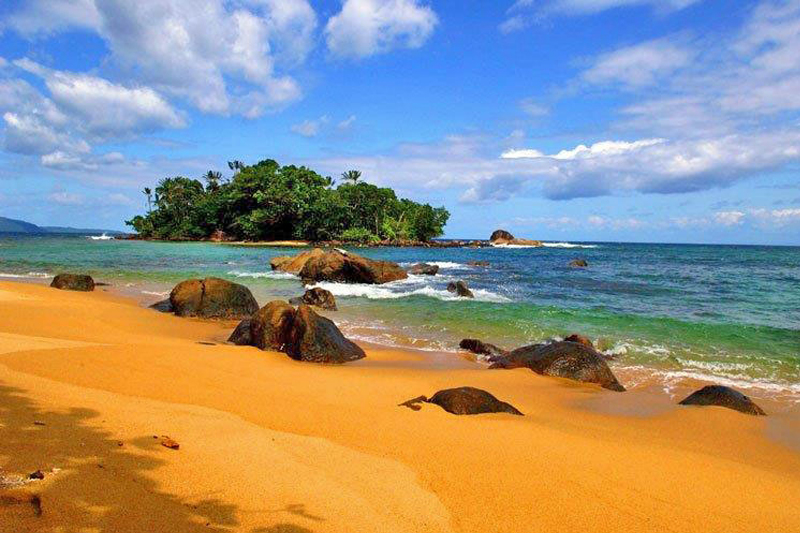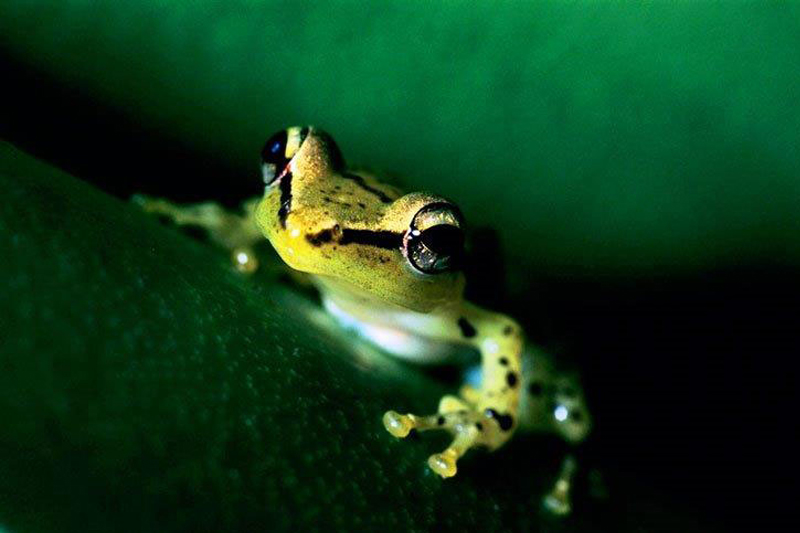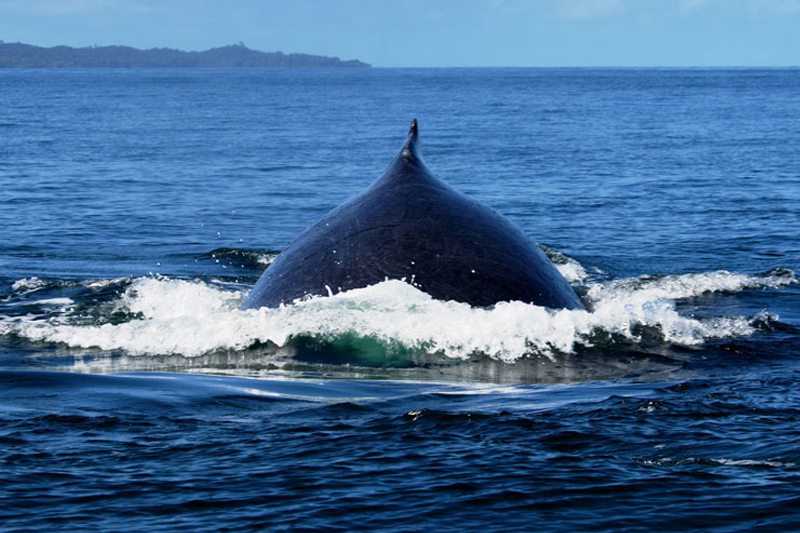Masoala Marine Reserve and Isle St Marie
Masoala National Park extends over 23,000 square kms of dense rainforest and is Madagascar’s largest protected area.
The diversity of landscapes is immense with primary rainforest, coastal forest, mangroves, marshes and pristine beaches lapped by crystal waters. This diversity is reflected in the flora and fauna, with half of the island’s species being endemic to this peninsula. The wildlife is excellent but sightings can sometimes be difficult in dense forest.
There are ten species of species of lemur including white fronted lemur, the greater dwarf lemur, the Eastern woolly lemur and the beautiful red ruffed lemur which is only found in Masoala. The island reserve of Nosy Mangabe is one of the best places for seeing the elusive and strange looking aye-aye. Mammals include fosser, greater hedgehog tenrec and fanaloka. The forest abounds with chameleons, geckos and frogs including the tiny Brookesia chameleon, leaf-tailed geckos and tomato frogs. Birding is superb with endemics including the scaly ground roller, Helmut and Bernier’s vangas and the critically endangered Madagascar red owls and serpent eagles.



The surrounding waters, which offer excellent snorkelling and kayaking, are teeming with over 3000 recorded species of fish and from July through to September the warm and sheltered waters of the Baie d’Antongil welcome migrating humpback whales.
The rivers can be explored using traditional pirogues but for the most part the forest is explored on foot with day and night walks along trails which can be steep in parts. High levels of rainfall (Masoala is the wettest part of Madagascar) create muddy and slippery conditions, making hiking quite challenging and thus a good level of fitness is required.
Ile St. Marie, also known as Nosy Boraha, lies off-shore from Madagascar’s east coast and is the epitome of a tropical island. Lush green vegetation covering the interior of the island tumbles down to palm fringed, deserted, beaches where the waters are protected by coral reefs. The island was previously a famous hide out for pirates who lay in wait for ships returning from the Indies laden with riches but today the island is best known for being an excellent place for whale watching.
From July through to September the sheltered waters play host to humpback whales which have migrated north from the Antarctic to give birth and nurture their young before returning to their feeding grounds towards the end of the year.

